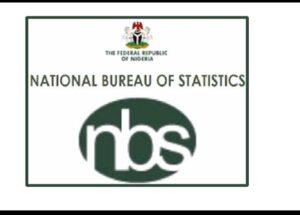South East, South South Worst Hit with Food Insecurity, Says NBS Report

A new report from the National Bureau of Statistics (NBS) has revealed alarming levels of food insecurity across Nigeria, with the South-South and South-East regions recording the highest percentages of households worried about running out of food due to lack of money.
The data, published in the 2023/2024 General Household Survey (GHS) and highlighted by TheCable Index, shows that 80.2% of households in the South-South and 78.6% in the South-East expressed concern over their ability to afford sufficient food.
According to the report, the six geopolitical zones ranked as follows:
1. South-South: 80.2%
2. South-East: 78.6%
3. North-East: 66.4%
4. South-West: 61.7%
5. North-West: 47.4%
6. North-Central: 44.9%
The national average stands at 62.4%, highlighting the widespread nature of economic hardship affecting access to food across the country.
Experts attribute the regional disparities to a mix of factors including inflation, unemployment, insecurity, and poor agricultural output, particularly in regions heavily reliant on farming and informal economies.
Photos of protests and public demonstrations, such as the one shown in the report featuring citizens banging pots and chanting for action, underscore growing frustrations among Nigerians facing rising food prices and dwindling incomes.
Analysts warn that without urgent government interventionsuch as targeted social welfare programs, food subsidies, and security reforms the food crisis could worsen, especially as the country approaches another planting season with limited support for smallholder farmers.
The NBS report serves as a wake-up call to both federal and state governments, urging them to prioritize food security as a national emergency.






